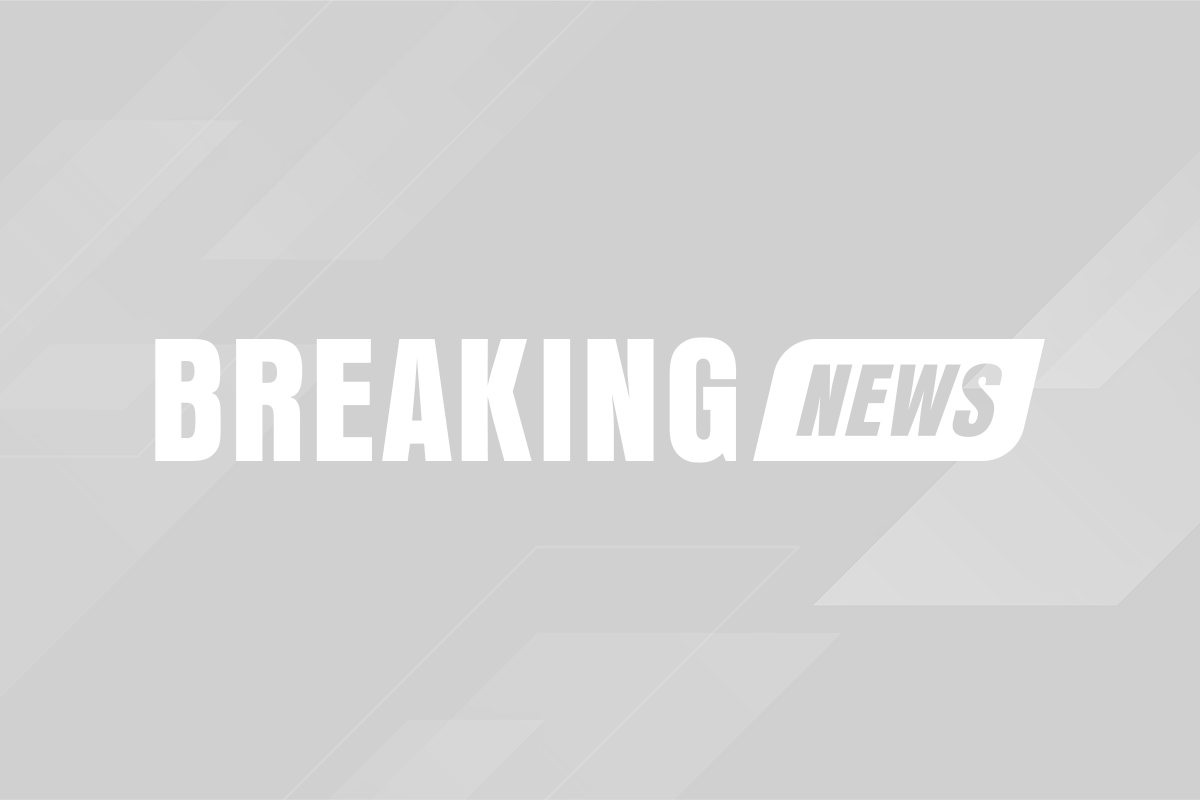
Advertising Trends in the Sports Betting Industry
The advertising landscape within the sports betting sector has witnessed notable shifts, with some of the industry’s key players adjusting their strategies. FanDuel has made a significant reduction to its advertising spends, slashing its budget by 17%. DraftKings, another heavyweight in the arena, has followed suit with a 13% decrease. Not to be outdone, BetMGM has initiated an even steeper cut back, decreasing their advertising investments by a robust 26%. These strategic adjustments have collectively led to an overall downturn in the sports betting industry's ad spend by 15%.
However, it's not a universal trend of cutbacks. PrizePicks, contrastingly, has taken a more aggressive approach by amplifying its advertising budget by more than fourfold. This strategic divergence is indicative of the dynamic and competitive nature of the market. Despite the reductions by some, the total advertising spending by leading sports betting firms still reached a staggering figure of approximately $1 billion in 2023.
Television Takes Center Stage
Within this whirlpool of budgetary shifts, television remains a key battleground for the sports betting titans. FanDuel, DraftKings, and BetMGM have all increased their investments in TV advertising. FanDuel took the lead with a considerable $157.7 million allocated towards TV ads. DraftKings trailed with a $123 million TV ad spend, and BetMGM followed with a $45 million investment. PrizePicks also showcased its intentions to capture a larger audience with $30.5 million spent on TV commercials.
The Super Bowl Advertising Scene
One of the most prolific events for advertisers, Super Bowl LVII, saw a combined ad spend of $90 million from FanDuel and DraftKings. In a surprising move, DraftKings stepped back from this high-profile event, opting not to advertise during the game. As the industry looks forward to Super Bowl LVIII, advertising spaces are estimated to possibly skyrocket, with the cost for a mere thirty-second slot potentially reaching the $7 million mark. Given its past prominence, FanDuel is anticipated to lead the charge when it comes to advertising at the next Super Bowl extravaganza.
In their quest to attract and retain customers, BetMGM is pursuing strategies beyond traditional advertising—enlisting the star power of celebrities such as the NFL great Tom Brady and hockey legend Wayne Gretzky. These collaborations hint at the extent to which sports betting companies are willing to go to secure a favorable position within the consumer's mind.
Legality, Bets, and the Super Bowl
When discussing the state of sports betting, it's important to note the changes in the legal landscape. Sports betting has now been legalized in approximately forty states, an expansion that has diversified the industry's marketing tactics. However, illegal betting maintains a formidable presence, often surpassing the volume of legal bets.
The forecasts for legal betting on Super Bowl LVIII are particularly bullish, with projections suggesting the figure could reach a monumental $1.25 billion. Moreover, the betting activity surrounding this sporting event could be historic, with over $23 billion potentially placed in bets. It's no surprise that advertisers are gearing up for a competitive play when these numbers come into the picture.
Sports enthusiasts and bettors alike are eyeing the San Francisco 49ers, who are currently the favored team with a minimal 1.5-point lead. The projected total points for the game are set at 47.5, pointing to expectations of an exciting and engaging matchup, translating aptly into the spirited and strategic maneuvers within the advertising segments of the sports betting firms.
As the world of sports betting evolves, with its legal expansions and challenges, the betting firms’ advertising strategies adapt accordingly. The commitment of these firms to secure market dominance is not only reflected in their flexibility with ad spends, but also in their innovative approaches to branding and customer engagement, ensuring that the industry remains as dynamic and competitive as the sports events it capitalizes upon.